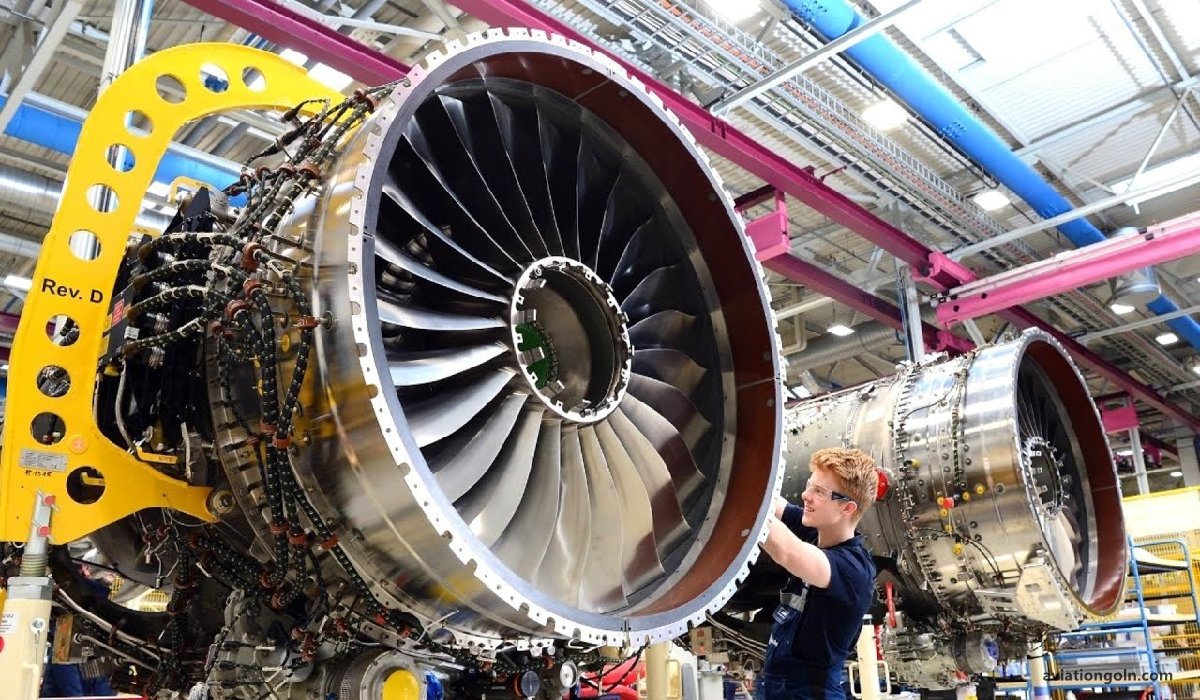Piston Engines: Aircraft engines have witnessed a phenomenal evolution over the last century. While jet engines have taken over most commercial and military applications, piston engines, also known as reciprocating engines, continue to play a significant role, particularly in general aviation and training aircraft. In this comprehensive exploration of piston engines, we will delve into their mechanics, history, components, advantages, and more.
Piston Engines: Basics of Aircraft Engines

A Historical Perspective
Piston engines have their roots in the early days of flight. The Wright brothers’ inaugural flight in 1903 was powered by a simple, water-cooled, four-cylinder piston engine. With aviation in its nascent stage, the development of more reliable and powerful piston engines became paramount. These engines, characterized by their reciprocating pistons and propellers, dominated the aviation scene until the mid-20th century.

Fundamental Mechanics
A piston engine operates on the basic principles of internal combustion. Here’s a breakdown of its cycle:
- Intake: The intake valve opens, and a mixture of fuel and air enters the cylinder.
- Compression: The intake valve closes, and the piston rises, compressing the fuel-air mixture.
- Combustion: A spark from the spark plug ignites the compressed mixture, causing an explosion. This forces the piston down, producing power.
- Exhaust: The exhaust valve opens, allowing the piston to push out the burnt gases.
This cycle repeats, driving the crankshaft which, in turn, drives the propeller, creating the thrust needed to propel the aircraft.

Key Components
Understanding a piston engine demands familiarity with its vital components:
- Cylinders: Typically made of steel or aluminum, these are chambers where the combustion process occurs.
- Pistons: Reciprocating components that move up and down within the cylinder.
- Connecting Rods: Link the pistons to the crankshaft.
- Crankshaft: Converts the linear motion of the pistons into rotational motion to drive the propeller.
- Valves: Control the flow of the fuel-air mixture and exhaust gases in and out of the cylinder.
- Spark Plugs: Ignite the compressed fuel-air mixture.
- Carburetor or Fuel Injection System: Ensures the right mixture of air and fuel is delivered to the engine.
- Camshaft: Regulates the opening and closing of the intake and exhaust valves.
- Exhaust System: Channels out the burnt gases after combustion.

Types of Piston Engines
Piston engines are categorized based on various criteria:
- By Arrangement of Cylinders:
- Inline Engines: Cylinders are arranged in a single row.
- V-Type Engines: Cylinders are arranged in two rows, forming a ‘V’.
- Radial Engines: Cylinders are arranged in a circle around the crankshaft.
- Flat or Horizontally Opposed Engines: Cylinders are placed flat, opposite each other.

- By Cooling Method:
- Air-Cooled Engines: Utilize airflow over fins attached to the cylinder to dissipate heat.
- Liquid-Cooled Engines: Use a coolant to absorb heat, which is then cooled in a radiator.
- By Valve Arrangement:
- OHV (Overhead Valve) Engines: Have their valves in the cylinder head.
- Flathead Engines: Have their valves in the cylinder block.

Advantages of Piston Engines
- Cost-Efficient: Relative to jet engines, piston engines have lower acquisition and maintenance costs.
- Fuel-Efficient at Low Altitudes: Ideal for short flights and training operations.
- Versatility: Suitable for a wide range of general aviation aircraft.
- Simpler Mechanics: Easier to understand for maintenance and training purposes.

Challenges and Limitations
- Limited Speed and Altitude: Piston engines are not as powerful as jet engines, limiting the aircraft’s operational altitude and speed.
- Maintenance: The many moving parts in a piston engine mean there’s more potential for wear and tear.
- Vibration: The reciprocating motion of the pistons generates vibration, which can impact aircraft structures and systems over time.

Modern Innovations and Trends
While piston engines are traditional, they haven’t been left behind in the realm of innovation:
- Electronic Fuel Injection: Offers more precise fuel delivery, improving efficiency and performance.
- Turbocharging: Increases the engine’s power output by forcing more air into the cylinders.
- Advanced Materials: Modern alloys and ceramics reduce engine weight and enhance durability.
- Computerized Engine Management Systems: Monitor and adjust engine parameters for optimum performance.

Piston engines, with their rich history and foundational role in the realm of aviation, remain a testament to human ingenuity and perseverance. They paved the way for the aviation wonders we witness today. While they might seem overshadowed by their turbocharged siblings, their relevance in general aviation, their simplicity, and their cost-effectiveness ensure they remain an integral part of the aviation tapestry. As technology continues to evolve, it will be exciting to witness the next chapter in the story of these mechanical marvels.
Read more:
